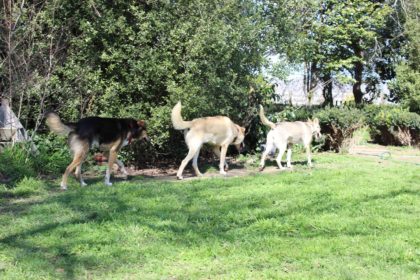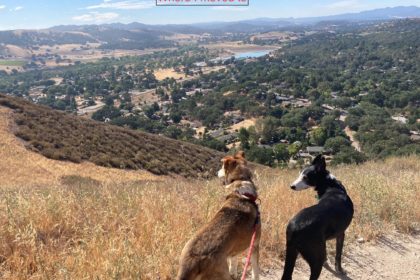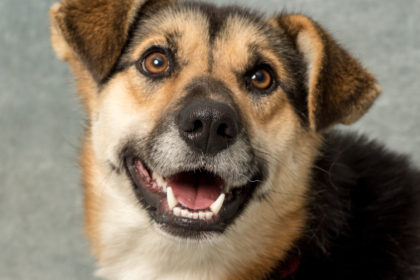There are few limitations on the designs of the sleds for the Iditarod. Rule 15 of the Iditarod addresses sleds as follows. “Sled: A musher has a choice of sled subject to the requirement that some type of sled or toboggan be drawn. The sled or toboggan must be capable of hauling any fatigued or injured dogs under cover plus equipment and food. Braking devices must be constructed to fit between the runners and not to extend beyond the tails of the runners…. Sleds or mushers may not be assisted with sails or wheels.”
A “sled”, as referred to by this rule, has a platform that carries the load that is supported above the runners by stanchions or posts. Only the bottoms of the runners are normally in contact with the snow. With a “toboggan” the platform is mounted directly on top of the runners. The toboggan’s platform frequently does come in contact with the snow. Toboggans are better in deep, soft snow. They are capable of carrying more weight. Their runners are used basically for directional control. “Sleds” are preferred for packed or firm surfaces.
Iditarod trails are often groomed or hard packed so few toboggans are used in it today. The distances between checkpoints are short enough that the sleds need not be heavily loaded. Neither of these conditions is true for races such as the Yukon Quest where one tends to see more toboggans.
Sled design has evolved slowly. They have become lighter and use more modern materials. Thus, sleds have become faster and easier to turn. The compromise is that they break much easier. This is addressed in Rule 15 which limits a racer to using three sleds or less. Racers frequently send second or third sleds to checkpoints along the trail before the race starts.
Recent changes in sled design have been a bit more radical. The most visible is a built-in driver’s seat at the rear of the sled. Fold up bicycle seats had been the norm. Many people have created their own versions of rear driver’s seats. Most of these designs only recognize one of the three possible benefits of such a design: the driver’s comfort.
The three benefits of having a driver’s seat are: an improvement in the balance of the sled, a reduction in wind resistance and finally a way for the driver to take the weight off his or her feet. Many of these seat designs add too much weight to the sled and misbalance it and thus slow it down. They frequently place severe stresses on the sled.
Allen and Aliy have driver’s seats that can carry a filled cooler. They are adjustable to two heights to deal with the wind. They can be removed so that the sled is more manageable in difficult terrain.
Trial and error has been the historical way of improving sled design. We should see more improvements on the driver’s seat in future races.
Z









Is there a picture you could post of a sled with the “cooler” sit down seat?